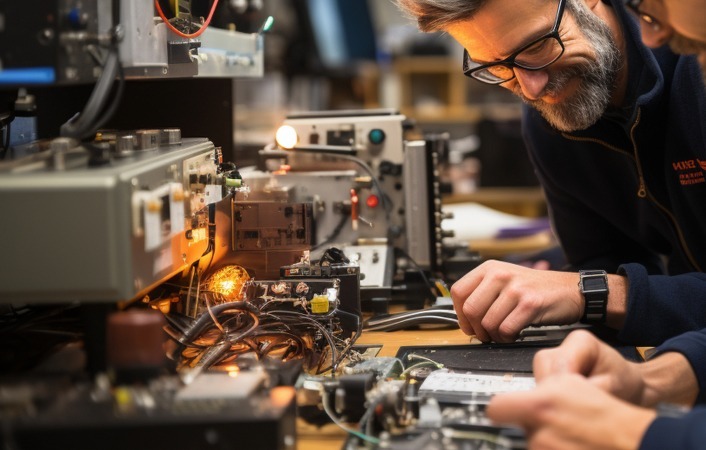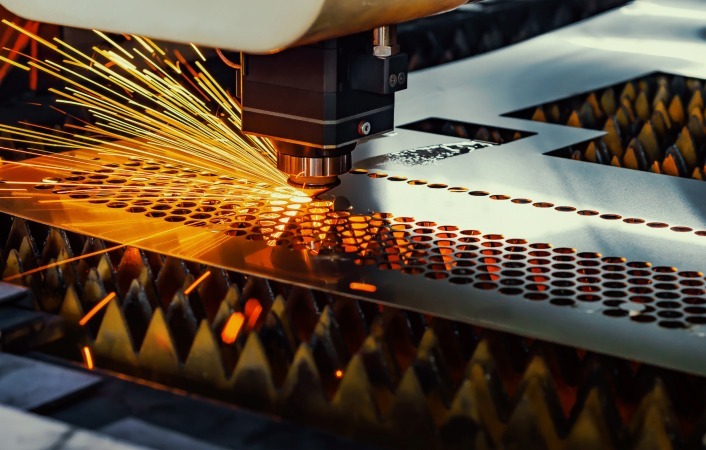Challenges
Potential challenges
While driving at 43 km/h on a Carnator with minimal friction (for example, no breaking or accelaration), there are some considerations:
More frequent vehicle services may lead to shorter service plans, warranties, and guarantees. This is comparable to normal generator maintenance.
Depreciation of the vehicle’s value is a concern, so using high-end vehicles is not advisable.
Vehicle wheel life may be slightly shorter.
The traction control light activates on the Carnator but switches off when back on regular roads.
Some vehicle models may show inaccurate service data due to frequent traction control activation.
Security measures are crucial to prevent vehicle theft while static on the Carnator.
Using the Carnator on a flat surface ensures optimal efficiency, protecting the alternator and bearings.
On warm days, a 1KW or 2KW fan (10% of the Carnator capacity) can be used for cooling using Carnator’s energy supply.
Quality control
We conduct three types of tests to ensure the Carnator’s performance:

Prototype testing:
- Use vehicle types such as: SUV, sedan, small vehicles, etc.
- Check various aspects, including voltage output, circuit breaker functionality, and performance under different loads.
- Conduct tests for CO2 emissions, noise levels, and vehicle cooling system efficiency.
- Evaluate reverse functionality, stress tests, and longevity of components.
- Verify Carnator weight, app functionality, and resilience against environmental factors like water and erosion.

Manufacturing:
- Perform similar tests for each manufactured Carnator to ensure consistent quality and performance.

On-Site testing:
- Conduct tests at the client site post-installation to verify voltage output, circuit breaker functionality, and performance under different loads.
- Assess fuel usage, vehicle cooling system efficiency, and the functionality of components like the bonnet protector and guide rollers.
- Verify app functionality, including the On/Off switch and current and historic usage display.
- Test the Automatic Transfer Switch (ATS) for seamless transitions.
User responsibilities
While the Carnator prioritizes safety in design, manufacturing, and quality control, the user must ensure the following:
Client responsibilities
- Adhere to vehicle service plans, especially for the cooling system.
- Regularly check wheel pressure, alignment, and balancing.
- Be aware of increased car service frequency.
- Acknowledge traction control activation on the Carnator.
- Understand potential traction control irregularities during analyses for specific car models.
- Verify if certain car warranties allow Carnator use.
- Maintain car security and insurance.
- Adhere to Carnator grease replacement and bearing service every 5 years.
- Use the Carnator in an open, well-ventilated area.
- Operate the Carnator only on a flat surface.
- Ensure appropriate electrical certificates and compliance with all electrical standards.
- Acknowledge responsibility for any property damage, vehicle damage, injuries/death, electrical overloads, and electronic equipment damage.
- Ensure you sign and keep a copy of the terms and conditions.
Join the energy revolution
Embrace the future of instantaneous undistributed energy with Carnator. Take the first step towards a more sustainable, economical, and environmentally conscious energy solution. Join us in reshaping the way the world powers its homes and drives its vehicles.
Phone
+27-82-463-4858

